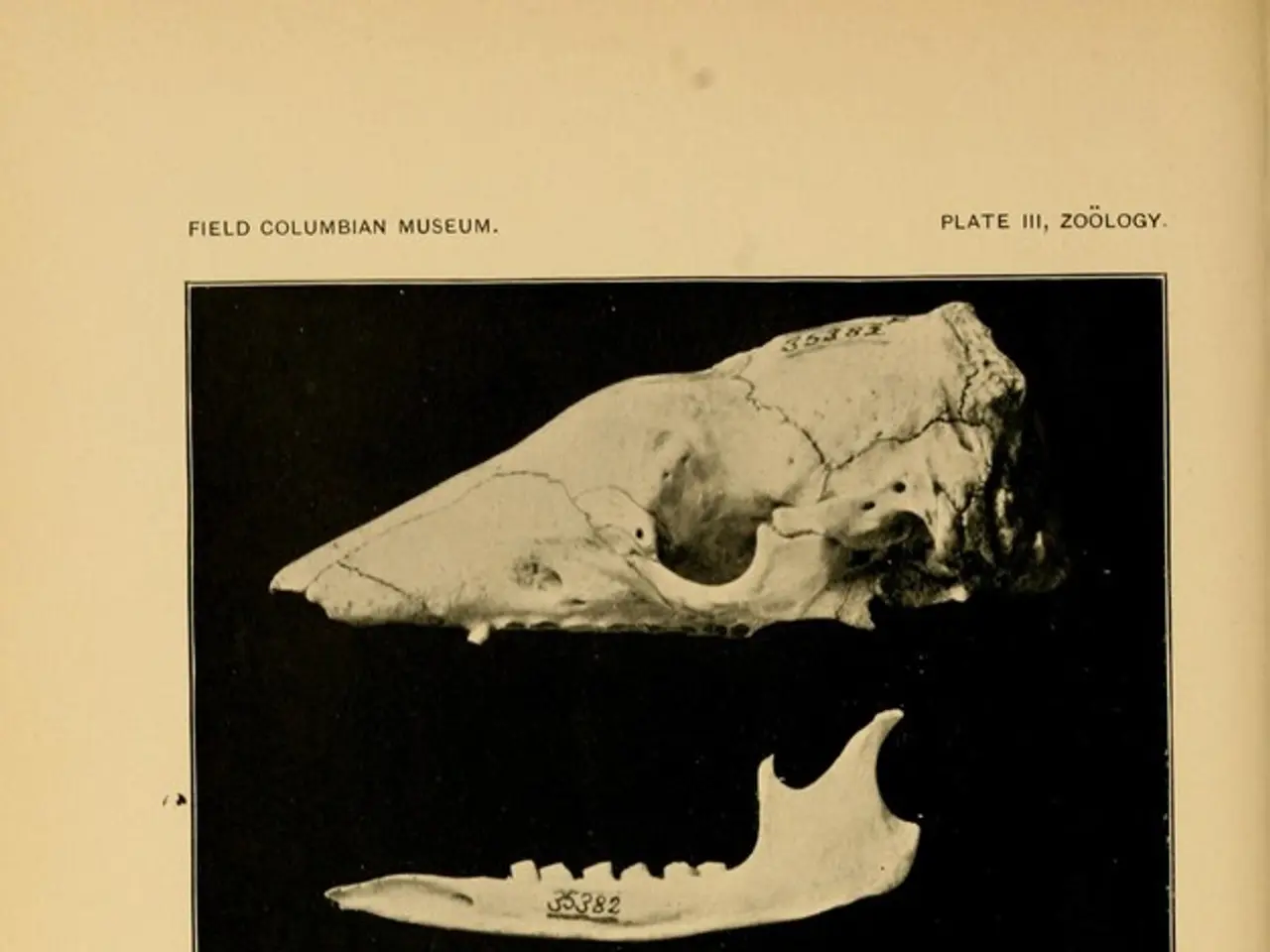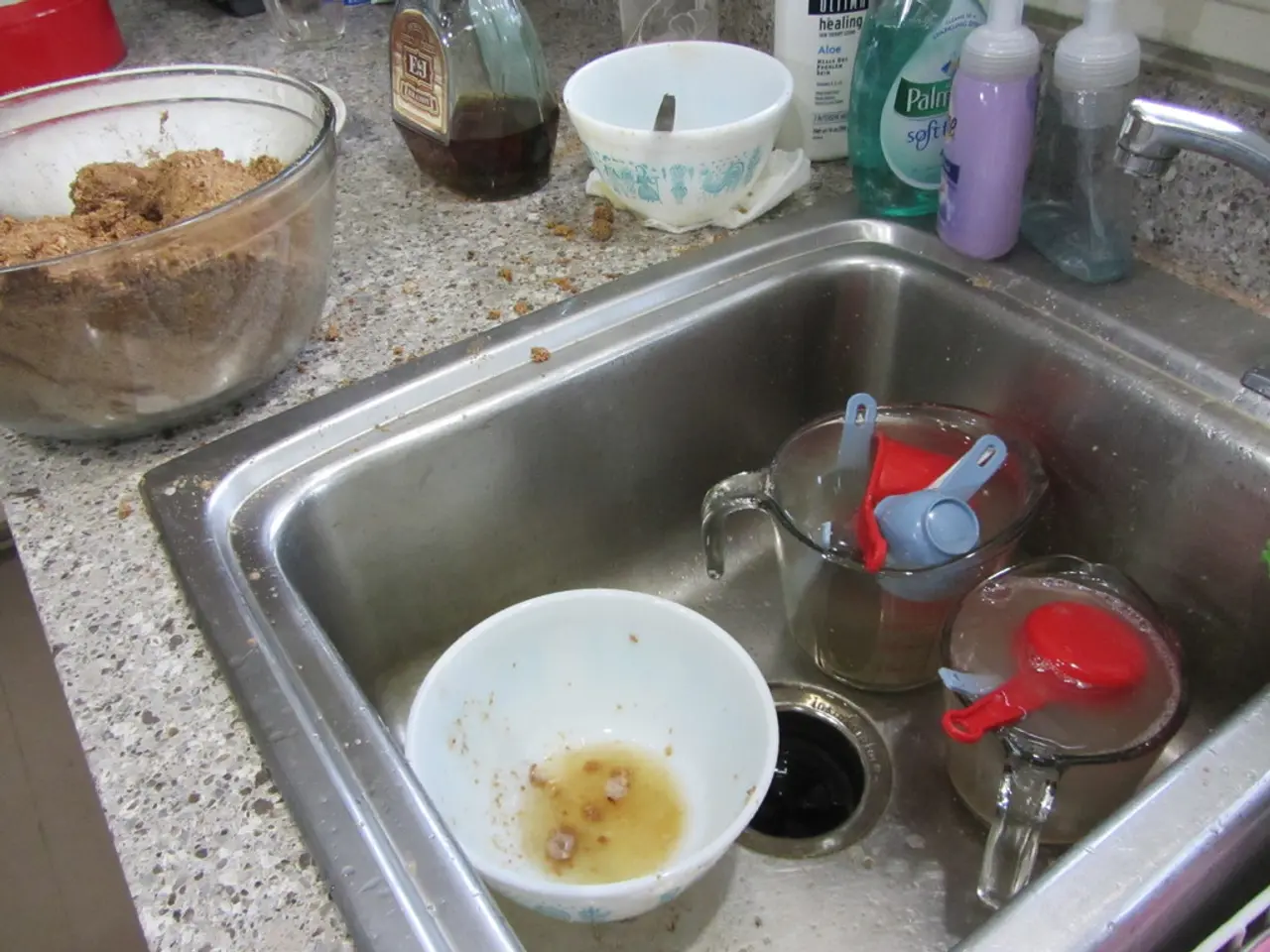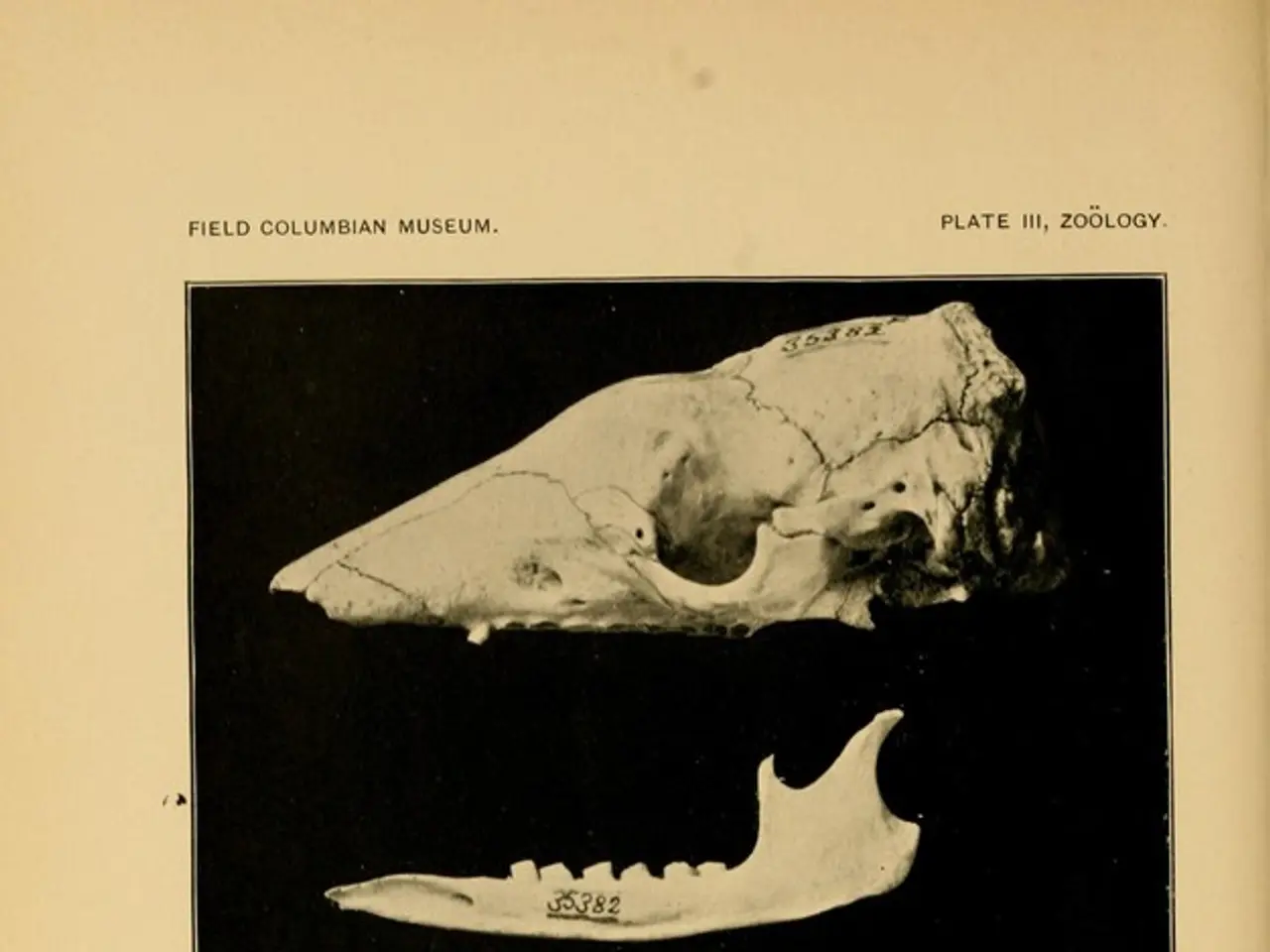Psoriatic arthritis affecting fingers: Recognizing signs, visuals, and strategy suggestions for managing it
Psoriatic arthritis (PsA) is a chronic condition that affects people with psoriasis, often causing symptoms in the fingers. This condition is characterised by painful, swollen, stiff, and sometimes deformed digits, alongside nail and skin changes.
Common symptoms in the fingers include swollen, painful joints and fingers (often described as "sausage-like"), morning stiffness, difficulty moving the affected fingers, nail abnormalities such as pitting or separation from the nail bed, and possible deformity and shortening in advanced cases known as arthritis mutilans. Tenderness around affected joints and tendons is also common.
Treatment for PsA targeting fingers aims to reduce inflammation, control symptoms, prevent joint damage, and improve quality of life. This can be achieved through various methods, including nonsteroidal anti-inflammatory drugs (NSAIDs) to relieve pain and inflammation, conventional disease-modifying antirheumatic drugs (DMARDs) like methotrexate to slow disease progression, biologic therapies targeting specific immune pathways for more severe or resistant cases, corticosteroids to reduce acute inflammation, physical therapy to maintain joint function and mobility, and in severe deforming cases, surgical intervention may be considered.
Despite these treatment options, some patients may still experience suboptimal symptom control, highlighting the need for ongoing research and new therapies.
It is important to note that other conditions such as osteoarthritis, gout, rheumatoid arthritis, reactive arthritis, ankylosing spondylitis, trigger finger, and psoriasis without skin involvement can cause symptoms similar to those of PsA. In some cases, surgery may be necessary to address damage caused by PsA.
PsA affects joints asymmetrically and often occurs in early adulthood, with one-third of people going on to develop PsA after the age of 30. In the later stages of PsA, the spaces between joints may narrow or completely disappear due to a loss of cartilage.
People should seek guidance from a doctor if they have any unexplained symptoms such as pain or swelling elsewhere in the body, morning joint stiffness, fatigue, fever or hot flashes, general malaise, or feeling of being unwell, which could be signs of other conditions that resemble PsA.
To manage symptoms, people can ease pain and swelling in their joints by using hot and cold therapies, and doctors may choose treatments based on the severity of a person's symptoms. It is also beneficial to avoid things that worsen inflammation, such as tobacco, alcohol, saturated fat, and sugar, and to follow an anti-inflammatory diet that contains plenty of fruits and vegetables.
Stretching and flexibility exercises can improve the health of the joints, and people with psoriasis on the affected joint should protect their skin by taking warm baths, using colloidal oatmeal, Epsom salts, or Dead Sea salts, applying moisturizers, wearing rubber gloves, using unscented products, and consulting an occupational therapist if needed.
When diagnosing PsA in the fingers, doctors will take a medical history, examine the hand for inflammation and swelling, and may order imaging tests. Anti-inflammatory medications like corticosteroids and anti-tumor necrosis factor agents are used in the treatment of PsA. Disease-modifying antirheumatic drugs are also part of the treatment for PsA.
If a person suspects they have psoriasis or PsA, they should contact a doctor for diagnosis and treatment as soon as they can. PsA commonly affects smaller joints, such as those in the fingers, and can start to damage bones after a few months without treatment. Without treatment, the symptoms of PsA may continue or get worse over time and can cause damage to bones, which is irreversible.
- Treatment for psoriatic arthritis (PsA) targeting the fingers involves a combination of therapies and treatments, such as anti-inflammatory drugs, conventional disease-modifying antirheumatic drugs, biologic therapies, corticosteroids, physical therapy, and surgical intervention in severe cases.
- Apart from PsA, other medical conditions like osteoarthritis, gout, rheumatoid arthritis, reactive arthritis, ankylosing spondylitis, trigger finger, and psoriasis without skin involvement can also cause symptoms similar to PsA, underlining the importance of proper diagnosis by medical professionals.
- To manage PsA, patients are encouraged to maintain a healthy lifestyle, which includes an anti-inflammatory diet, stretching and fitness exercises, and skin care practices like using moisturizers, taking warm baths, and consulting an occupational therapist if needed.
- It is crucial for individuals with potential symptoms of psoriasis or PsA, such as unexplained pain or swelling, morning joint stiffness, or fatigue, to seek professional medical advice promptly, as early diagnosis and treatment can prevent further joint damage and complications associated with chronic diseases like PsA.




